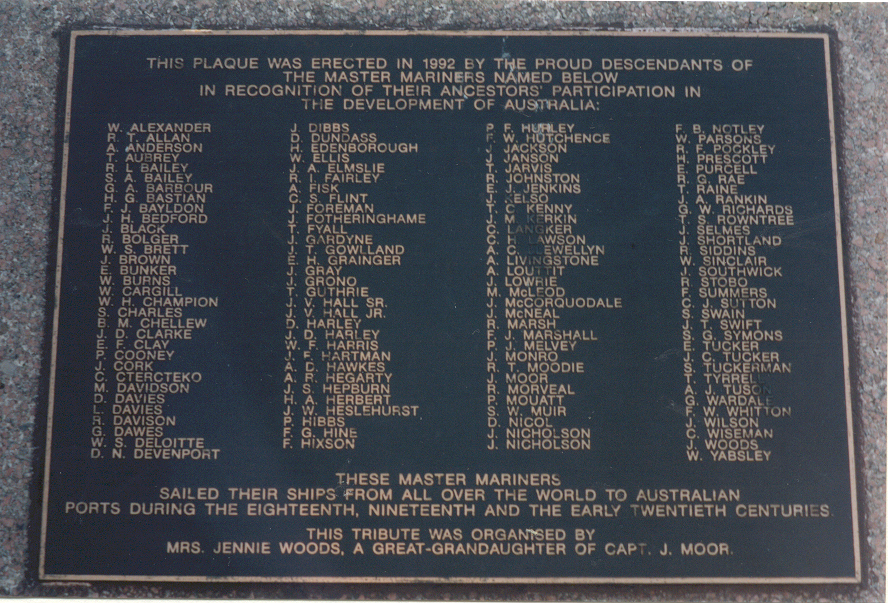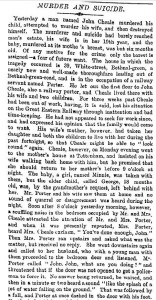
Catherine Medway, (nee Dempsey)
Catherine, the eldest known child of James and Jane Dempsey, married Henry Robinson, a mariner of Sydney, at her father’s residence, Clarence Street, Sydney on 12 December 1849.1 Catherine’s brother James acted as one of the witnesses.
![Register of marriage for Catherine Dempsey and Henry Robinson, 12 Dec 1849. [NSW Registry of BDMs Entry 226/1849 ]](https://edenborough.info/wp-content/uploads/2016/04/Catherine-m-1849-300x108.jpg)
Register of marriage for Catherine Dempsey and Henry Robinson, 12 December 1849.
A little more than a year later, Catherine and Henry’s only child, Henry Jnr, was born at Balmain on 18 January 1851.2 However, in June 1851, the news that gold had been discovered on the Turon was announced, and like so many other men, Henry Robinson, took to the goldfields to make his fortune.
Henry had been mildly successful fossicking at Golden Point when disaster struck in December 1851. While working at Golden Point a freak storm hit the Turon causing flash flooding and resulting in the loss of Henry’s life.
THE FLOOD AND LOSS OF LIFE ON THE TURON
Erskine Point, December 19: Yesterday afternoon we were visited with a storm of no ordinary description … it appears that a large quantity of rain must have fallen on the mountains in a very short space of time, and more particularly on those from whence the waters are conducted by gullies and tributary streams into Oakey and Little Oakey Creeks., so sudden and unexpected was the rush of waters down these places, a considerable loss to the miners, and I am sorry to say loss of life, was the result … a Captain Robinson (who formerly had command of one of the Sydney coasters), and two other men, were at in a tunnel on Little Oakey Creek, about a quarter of a mile from its junction with the Turon River, when the waters rushed in upon them before they could make their escape. It appears that Captain Robinson was carried by the stream to the junction, and from thence about 500 yards down the Turon River … his body was taken from the water in a dreadfully bruised condition from coming in contact with the trunks of the trees, rocks, &c., &c., no part of his clothing remaining except a leather belt; he was Immediately carried into a tent occupied by the miners in the employ of Messrs. Trappitt and Co., and every means was used by two medical men to restore life, but without success.3
Henry’s body was interred in the grounds of the Episcopalian burial grounds at Sofala.4

Grave of Henry Robinson, Sofala, NSW
Catherine eventually remarried but not for 31 years – at the age of 60, Catherine married Matthew Medway, a widower. The marriage was performed on 9 December 1882, at Medway’s residence in Laura Street, Newtown.5 Medway’s daughter Elizabeth and her husband Rowland Pawley were witnesses to the marriage.
Matthew Medway, a builder by trade, was an Alderman of Newtown Municipal Council from 1886 until his death in 1892. He is buried with his first wife, Elizabeth, and their daughter in the Church of England section of Rookwood Cemetery.
Catherine Medway (née Dempsey) died from cancer of the liver four years after her husband Matthew on 9 December 1896,6 and is buried in the old Wesleyan section of Rookwood Cemetery with her mother and father – James and Jane Dempsey.
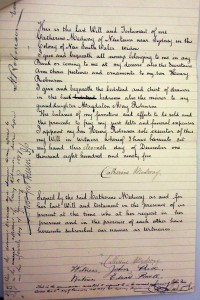
Handwritten will of Catherine Medway (nee Dempsey) dated 11 December 1895
1 NSW Registry of BDM 1849 V84 No. 226
2 NSW Registry of BDM 1851 V56 No. 195
3 Sydney Morning Herald, Tuesday, December 23, 1851, p2
4 Baker, RGV. The Second Rush: A Story of the Second Goldrush to Sofala in 1851, 1986, Centre Pak Research, Cronulla, p19
5 NSW Registry of BDM 1882 No. 2622
6 NSW Registry of BDM 1896 No. 15252





![Register of marriage for Catherine Dempsey and Henry Robinson, 12 Dec 1849. [NSW Registry of BDMs Entry 226/1849 ]](https://edenborough.info/wp-content/uploads/2016/04/Catherine-m-1849-300x108.jpg)



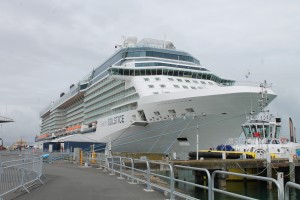






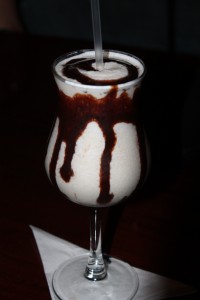


 The Sydney Royal Easter Show is run by the Royal Agricultural Society of New South Wales and for two weeks each year, obviously around Easter, country people descend on Sydney to display and judge rural produce and livestock as well as various competitions for cookery, photography, arts and crafts.
The Sydney Royal Easter Show is run by the Royal Agricultural Society of New South Wales and for two weeks each year, obviously around Easter, country people descend on Sydney to display and judge rural produce and livestock as well as various competitions for cookery, photography, arts and crafts.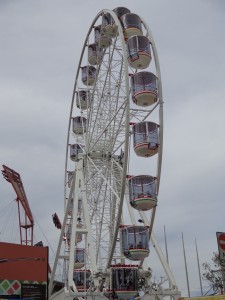

 The day would be spent wandering around the livestock stables where we’d stand in awe at the cattle and horses but hold our noses looking at the pigs and goats. Lunchtime was spent sitting in one of the grandstands to watch whatever was being paraded at the time and no visit to the Easter show was complete unless you had visited the industry halls and, in particular, the district exhibits. Sideshow alley was another “must do” with the main aim being to win a Cupie doll on a stick.
The day would be spent wandering around the livestock stables where we’d stand in awe at the cattle and horses but hold our noses looking at the pigs and goats. Lunchtime was spent sitting in one of the grandstands to watch whatever was being paraded at the time and no visit to the Easter show was complete unless you had visited the industry halls and, in particular, the district exhibits. Sideshow alley was another “must do” with the main aim being to win a Cupie doll on a stick.
 There were rides to be had and strange people walking on stilts to be stared at, and there was a lot of walking. The Moore Park showgrounds covered an area of 40 acres and the buildings were surrounded by a maze of meandering lanes and streets.
There were rides to be had and strange people walking on stilts to be stared at, and there was a lot of walking. The Moore Park showgrounds covered an area of 40 acres and the buildings were surrounded by a maze of meandering lanes and streets.




